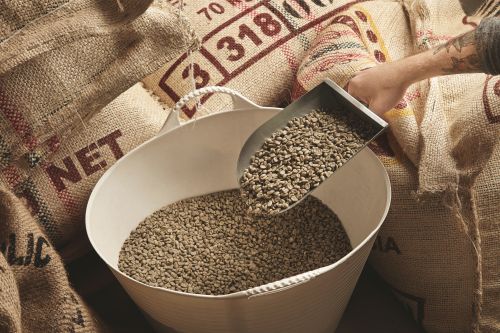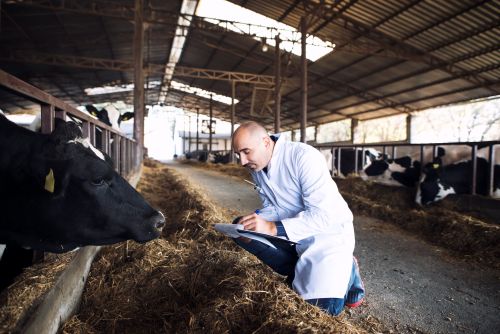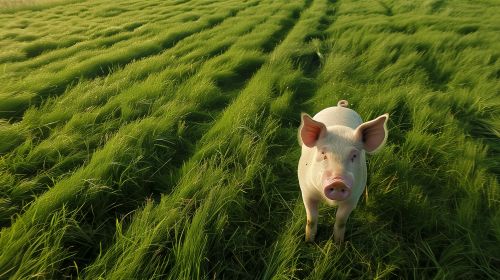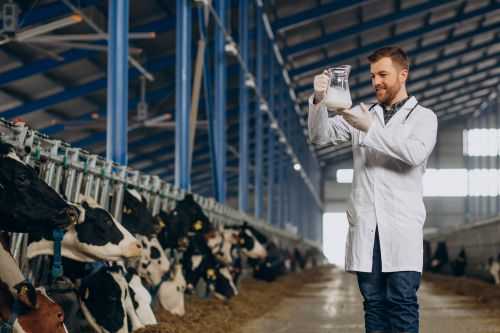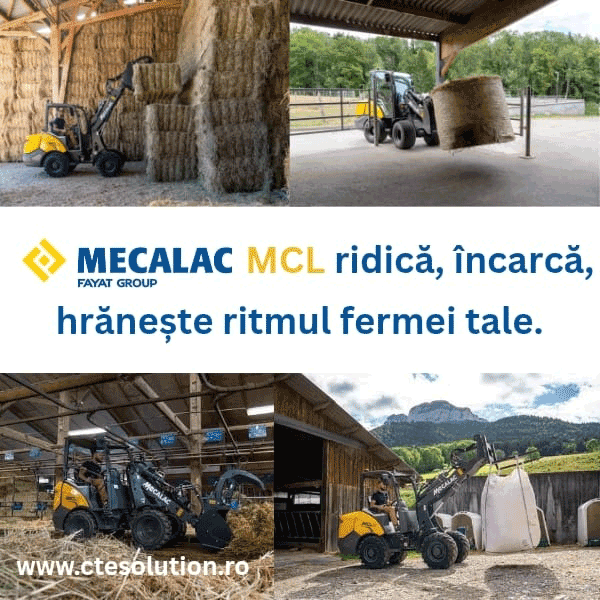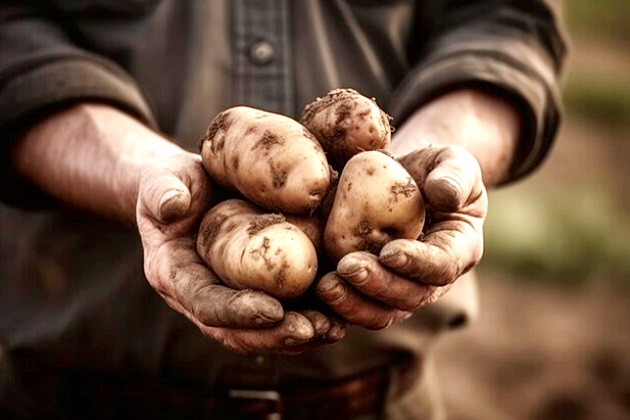
Cultivating potatoes has required a high degree of flexibility from farmers in this year's growing season due to the intense changes in weather conditions. Alongside emerging shifts in the policy landscape, this results in new challenges that need to be addressed, with the help of adapted technology, as highlighted in a study published on the Agritechnica 2023 trade fair website.
Storage:
- In the context of potato production, potato storage is particularly affected by the considerable increase in energy costs, as many farms have supplemented their existing outdoor air ventilation systems with mechanical cooling. This ensures quality-oriented storage, even at higher temperatures associated with climate change.
- In new buildings, the insulation thicknesses of the outer shell are significantly increased, while existing storage facilities aim to minimize thermal bridges and any uncontrolled air ingress. The replacement of old AC fans with more efficient EC models, which also allow continuous speed control, is accepted.
- In new storage facilities, a stronger subdivision into smaller storage rooms can be observed. These can be filled more quickly and then managed more specifically in terms of temperature than a large hall.
- Efficiency can also be increased in box storage by transitioning to forced ventilation systems, which can provide faster drying and cooling due to the much larger contact surface of air and potatoes they remove. In addition to individual support for quality-oriented storage management, newer control processors often offer the ability to optimize energy management.
- This is achieved by integrating the use of as much self-generated regenerative energy or temperature management as possible, taking into account the expected weather in the coming days.
Storage and Processing:
- As harvesting capacity continues to grow, so do the requirements on the storage line to maintain the necessary buffer function within the harvest chain. In addition to various units with rollers for separating soil, there is also a growing interest in electronic and pneumatic additive separation systems, as farms often struggle to find harvest personnel for harvesters.
- However, it should be noted that the later stones or clods are sorted in the processing chain, the greater the risk of damaging the potatoes. Mobile collecting equipment and transfer wagons, some of which can be equipped with electronic or pneumatic separation devices, are used for overloading and direct cleaning at the field edge or in the field itself.
Control:
- The influence of climate change is particularly evident in the arrangement of potato fields. The most efficient way to reduce the intensity of dry and warm periods is the rapid closure of the leaf canopy in the potato crop.
- For this purpose, both leaf types and closer row spacing are useful, while larger ridges and row widths are increasingly used; however, due to increased yield or cultivation in separate beds.
- In addition, there are political efforts to increase soil protection, for example by covering the soil as much as possible and reducing cultivation intensity.
- With combined tillage, placement, and mounting tool units, separate adjustment or the use of units facilitates adaptation to changing operating conditions. In addition, tools for preventing water erosion in furrows will become increasingly important in supposedly flat regions, as they keep water on the surface longer, making it available to plants.
Crop Care and Protection:
- The rainy weather from mid-July to mid-August this year showed that late blight continues to be a highly destructive disease in the potato crop, which needs to be intensively controlled in such critical phases.
- Against the backdrop of a significant planned or already agreed reduction in the use of crop protection products, this means that opportunities for savings are likely to be sought primarily in other areas of potato production. Chemical weed control methods can be complemented or possibly replaced entirely by mechanical measures.
- However, technical development in the field of mechanical potato care has not yet gained the momentum seen in other crops, such as sugar beets. This is partly due to the hilling culture, as cultivating furrows and ridge crests poses different challenges.
- For example, the spacing between plants in a row has a relatively large spread width, depending on the planter used, and the cultivation of multiple stems of potatoes also imposes significantly higher requirements for guiding the tool.
- Therefore, a sensitive solution here could be the combination of chemical treatment with bands in the ridge crest area and mechanical treatment of the ridge face.
Foliage Reduction:
- The combination of hilling followed by chemical desiccation, which is now used again in a growing number of farms, can also reduce the use of crop protection products. However, an essential requirement from a practical perspective is an increase in working width, which is unfortunately countered by the relatively high weight of the machine with classic topper units.
- For completely chemical-free reduction processes, machines with one-sided haulm removal are available, with a range of tools that now include rotating horizontal rubber belts and new rotating rubber discs, in addition to the familiar haulm pullers.
- In thermal burns, efficiency has been improved with the help of supported air blowers, but the CO2 footprint of the process remains relatively high due to gas combustion. The working width of electric haulm processing machines has already been increased to nine or twelve meters.
- This has been made possible by further optimized current applicators as well as pre-spraying plants with a conductive liquid, which should ensure improved and, above all, more constant conductivity of the potato canopy across the entire area.
Harvest:
- Dehydrated potato pulp has also become an increasingly significant issue in the potato harvest in recent years, as it is no longer removed as efficiently by current harvesting equipment due to assumed modified consistency.
- A large quantity of haulm ties up the work of harvesters and can also lead to blockages in processing lines when potatoes are marketed later. Air-assisted separators in harvesters could offer a solution here at the beginning of the process, while reverse rotation separators, also in the processing area, are often associated with higher mechanical demands on the tubers.
- As purely mechanical, thermal, and electrical methods for weed reduction do not have a lasting effect, a stronger regrowth of ridges is expected until harvest, especially if the planned defoliation date cannot be achieved due to weather or performance issues.
- This is further intensified by a trend toward a higher basic load of mechanically maintained crops, so new requirements are imposed on tools for separating the pit from harvesters.
- A bottleneck in harvest performance is often active additive separation devices, such as rotating scrapers or brush belts, as satisfactory working performance requires the most uniform harvest flow distribution and a throughput that is not too high.
- The increasing variability of additives on individual fields as the cultivated area of potatoes on farms grows makes it difficult to select the "right" separation device for the harvester, so farms or contractors are demanding greater flexibility from manufacturers.
- Either through a more practical implementation of modular design with significantly shorter conversion times or by tool-free switching between different units in a single machine.
- As in other arable crops, digitization and data management continue to gain ground in potato farming. Examples in this regard are site-specific application maps for fertilizers and crop protection products or the use of chemical desiccants based on maturity level.
- With feasible yield mapping of the potato crop, which takes into account not only mass yield but also the size composition of the crop, as well as the respective proportion of the blend, a gap could now be closed to allow efficient control of implemented crop management measures.
- At the same time, machine settings in the separator area can be optimized, and the risk of potato damage can be reduced. The dimensional composition of individual lots, which is already known at the time of harvest, also provides advantages for subsequent marketing.
aflat
anterior
urmator
